Average sizes and life expectancy for this breed:
Australian Terriers are lively, intelligent, and fun-loving. They are also surprisingly robust, despite their small size. Being true “terriers” by nature, Australian Terriers are highly adaptable and thrive in a family environment.
Developed in Australia, the Australian Terrier was originally bred to hunt snakes and rodents. Today, they are highly prized as canine companions and watchdogs. These active little dogs first arrived in the UK back in the 19th century and were recognised by the Kennel Club in 1933.
These canines remained popular in their native country as working dogs on rural farms and as beloved family pets. Nowadays, these beautiful dogs are loved the world over for their delightful characters, eagerness to please, and innate love for life!
Australian Terriers do well in both apartments and large houses as long as they get all the mental and physical stimulation they need to remain happy. Australian Terriers generally get along well with both children and other pets.
See available puppies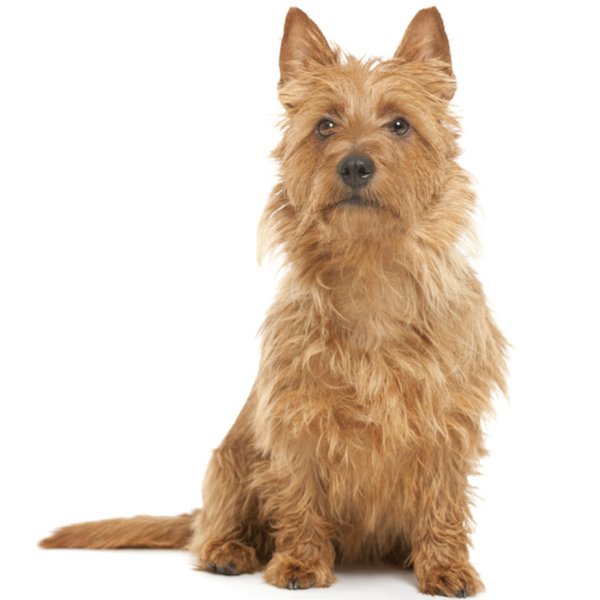

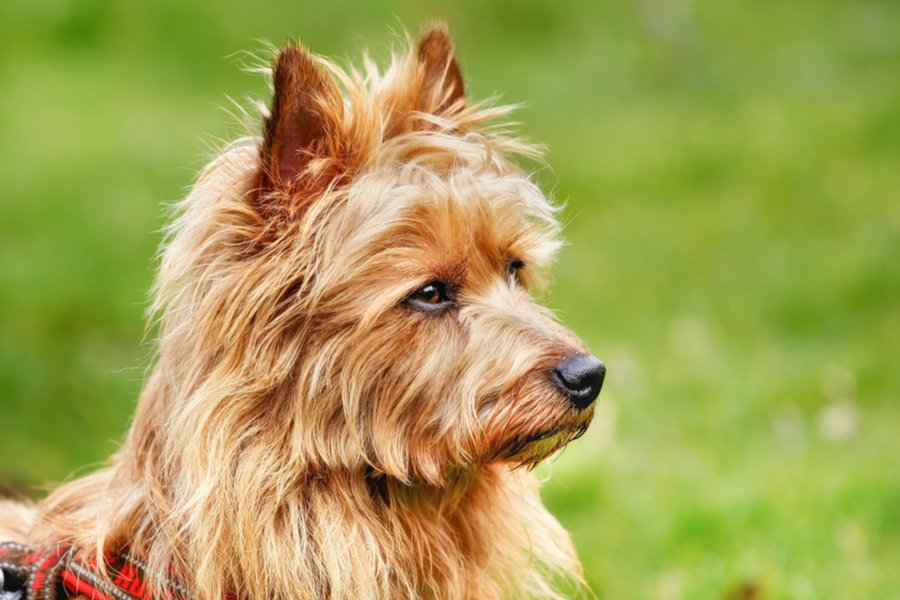


The Australian terrier first appeared in the 19th century. Their exact origin is a bit obscure, but they are believed to be the result of inbreeding between various types of terriers including the Dandie Dinmont, Scotty, Sky, Yorkshire, and Cairn terriers.
Early European settlers in Australia were confronted with the harsh conditions of the area. With that said, they needed a fearless and hard-working dog that could cope with all kinds of weather. Australian Terriers were bred to exterminate and control snakes and rodents in different locations and terrains such as sheep stations, gold mines, and waterfront in the outback. These dogs were also used as shepherds, canine companions, and watchdogs.
In 1868, the Australian Terrier was the first native breed to be shown and recognised in Australia. They were exhibited as the Australian Rough-Coated Terrier. After some years, in 1897, the breed was renamed the Australian Terrier.
These hardworking, intelligent little dogs were brought to the United Kingdom by foreign service members and the British aristocracy. In 1933, the Australian Terrier was recognised by the Kennel Club. In 1960, this dog breed became the 114th breed recognised by the American Kennel Club and the first new terrier breed after 21 years.
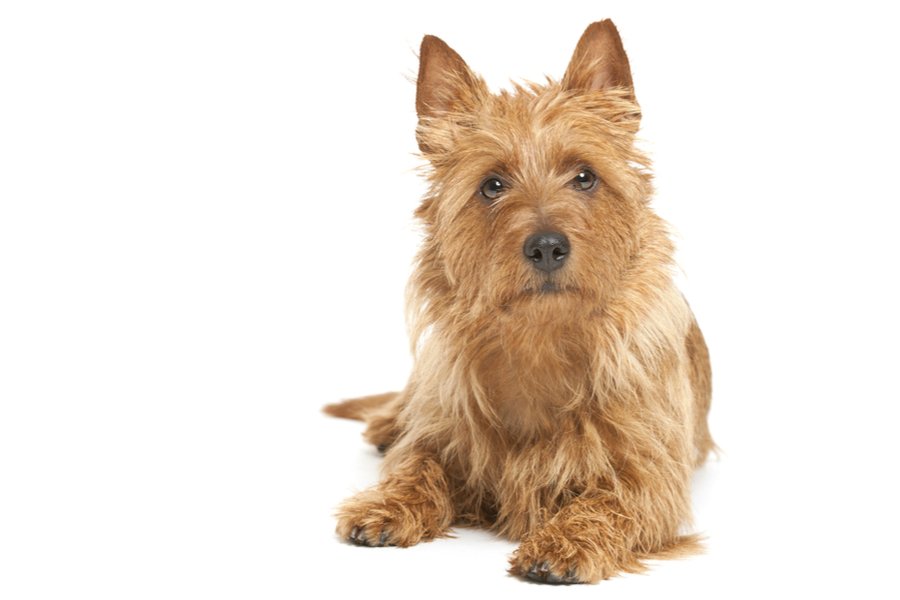
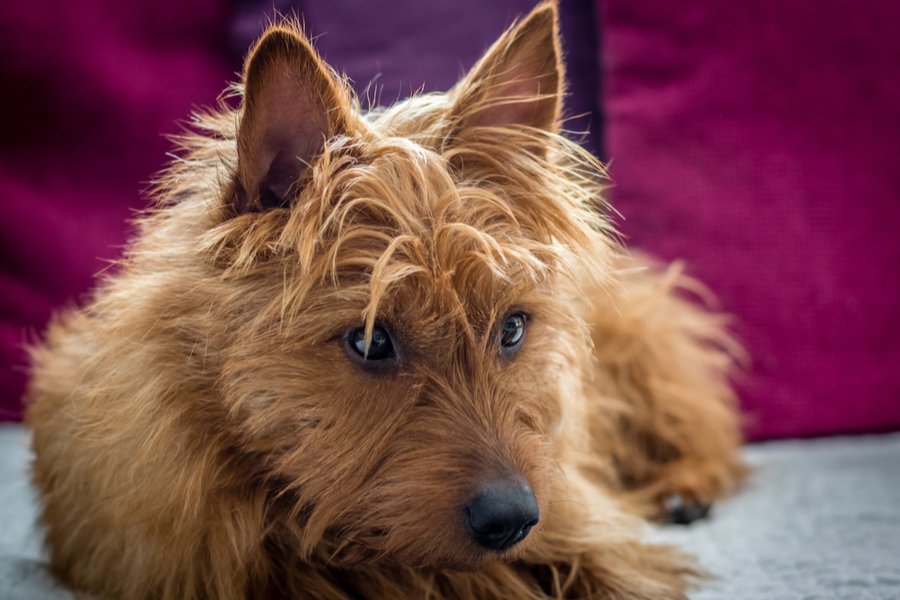
Australian Terriers are robust, sturdy-looking little dogs. They are longer than they are tall, with a rough coat and very defined ruff around their necks. Their long heads are relatively wide with a defined and slight stop, as well as a silky and soft topknot. Their powerful-looking muzzles are the same length as their long heads. Their moderate size noses are black and extend to the bridge of the muzzle.
Australian Terriers have coarse, harsh topcoats with a much softer and shorter undercoat. They have short hair on their lower legs, feet, and muzzles while the hair on the rest of the body is longer. Acceptable breed coat colours by the Kennel Club registration are blue and tan, sandy, red, and steel blue and tan.
The Australian Terrier is one of the smallest working terrier breeds. But do not let their size fool you, these dogs have big personalities! They are bold, hardworking, independent, and lively – a true “terrier” breed.
They bring life to every household with their high-spirited natures. Moreover, they are deeply attached to their families. They have even been known to match their moods to the atmosphere in the home.
The Australian Terrier is active, upbeat, and always clowning around. These dogs have an affinity for the elderly, the disabled, and children. However, adult supervision is a must for every interaction, especially with younger children. Australian Terriers are generally not aggressive, but as a breed with an independent nature, they don’t tolerate rough handling well.
Despite their small size, these energetic dogs have the confidence of larger dog breeds. They make wonderful watchdogs as they tend to bark at unfamiliar sounds and sights. Saying that, this trait can be kept under control with consistent training.
Bear in mind, that Australian Terriers were developed as working dogs to hunt small animals, so they have high prey drives. For this reason, they should be kept on a lead until fully trained. They also require a securely fenced yard to play in. Furthermore, while they can get used to smaller animals in the home, their natural prey drive may make the situation difficult.
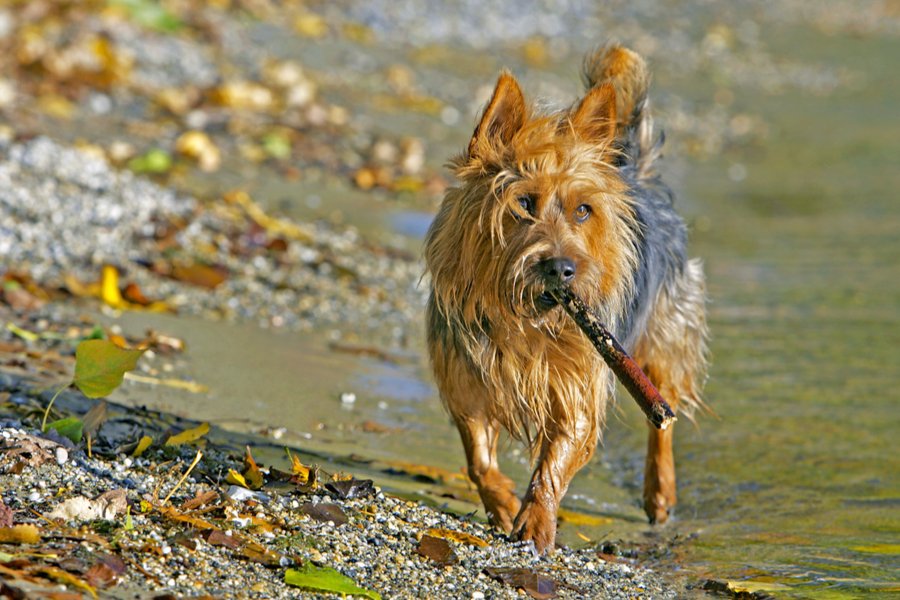
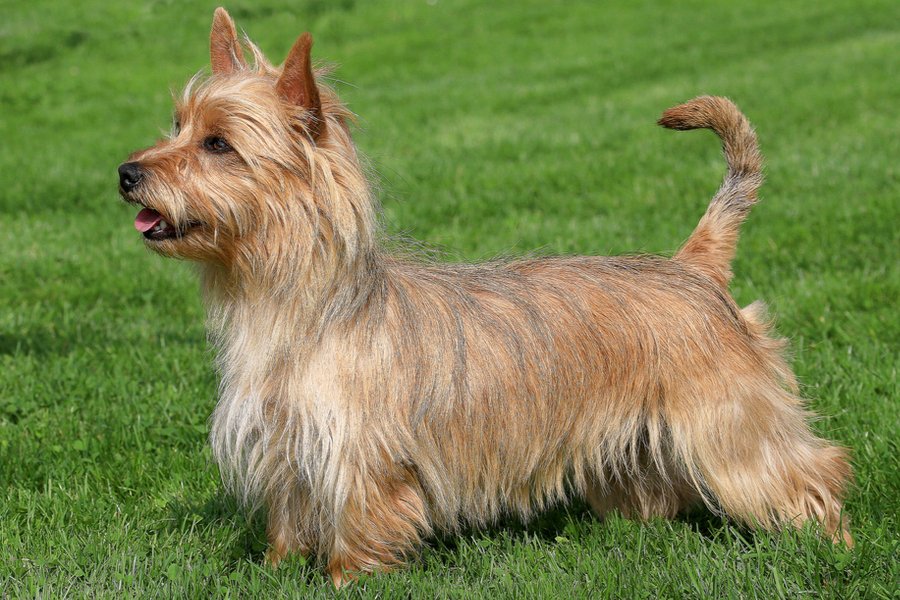
Australian Terriers are naturally intelligent and can learn quickly. However, they do have a bit of a stubborn streak. Keep their interest by using methods that are motivational such as reward-based training with toys and treats. This will keep them both mentally and physically stimulated. Make sure you use methods of training that are increasingly challenging and fun at the same time. However, it's important to keep training sessions short to prevent boredom.
Due to their natural intelligence, Australian Terriers can easily pick up unwanted habits. For example, if you unintentionally rewarded a bad behaviour like barking, they’ll pick it up and interpret the message the wrong way. So, consistent training is key!
With that in mind, it’s important to start training and socialisation during puppyhood. This should consist of exposure to as many new situations, people, and other animals as possible to ensure they grow into well-balanced, well-rounded, and confident adults. Obedience training is also a great choice for Australian Terrier puppies.
The Australian Terrier’s coat is rough in texture, with a soft undercoat. They are fairly easy to groom because they shed minimally. This also makes them a good choice for allergy sufferers. Brush the coat 1-2 times a week to keep it healthy, clean, and tangle-free. Bathe them only when necessary because frequent bathing can soften the coarse coat and strip the skin of its natural oils.
Regularly check their ears for debris, dirt, and wax buildup. You can clean their ears by using a moistened cotton ball with a suitable ear cleanser. If you are unsure of the best products to use, then seek guidance from your vet. It’s important to never push cotton swabs in their ear canals as this can cause injury. If you detect any foul smell, soreness, inflammation, swelling, or they continuously shake or scratch their head and ears, then you should book your dog in for a vet checkup as these are potential signs of an ear infection.
Brush their teeth daily, if possible, to prevent tooth and gum disease. However, brushing twice a week is sufficient enough to remove any tartar buildup. Take advice from your veterinarian on which dental products are best to effectively clean their teeth, tongue, gums, and mouth.
Once or twice a month, you should check and trim their nails to keep them clean and tidy. Ensure you do this regularly to avoid very long nails as this can be painful for your Australian Terrier. As you trim their nails, inspect their paw pads for any cuts or abrasions.
Moreover, regularly check their body for wounds, inflammations, rashes, and other signs of infection. Your dog’s eyes must be clear and clean with no redness or discharge.
Lastly, make sure to check their coat when they do their bathroom business, as dirt and debris can cling to the coat, potentially causing matting and tangling.
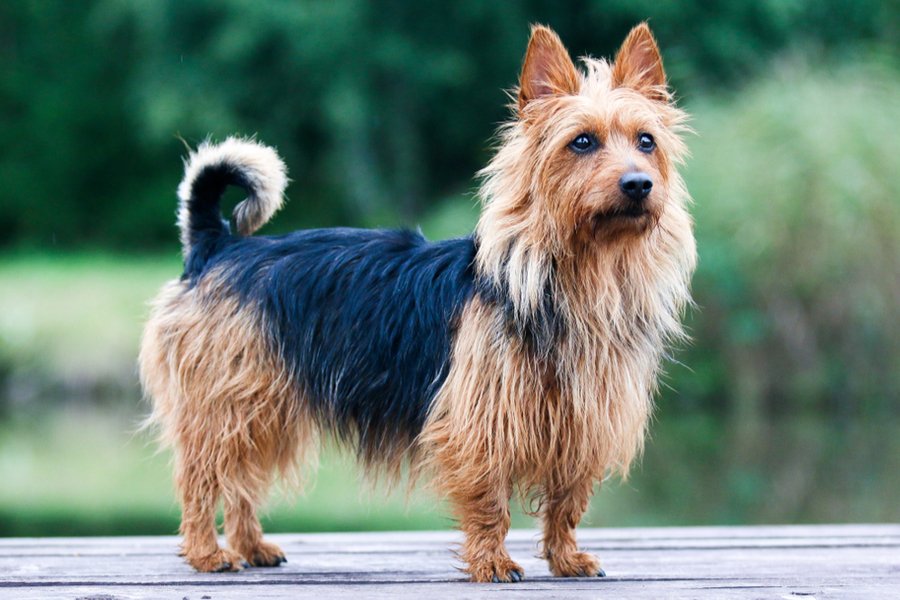
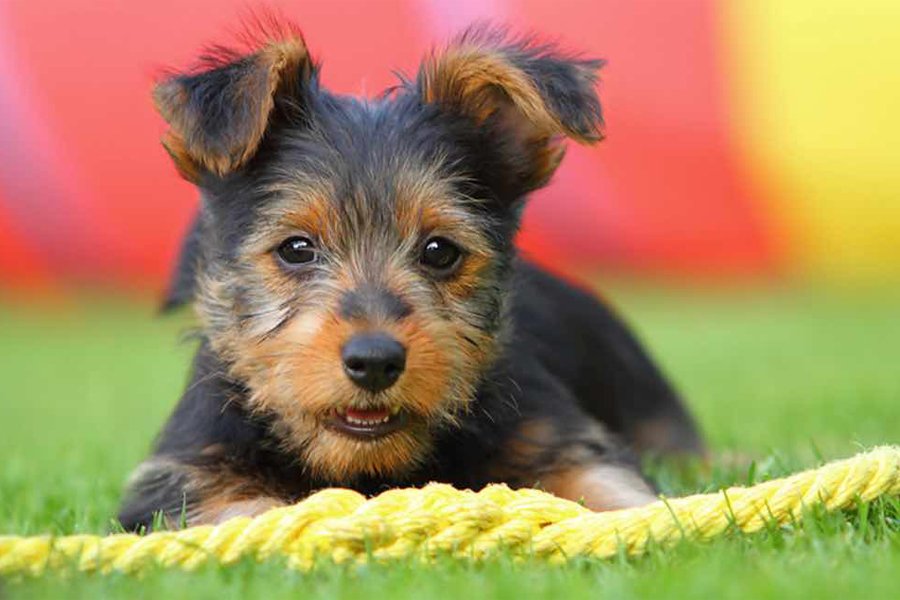
Australian Terriers are robust little canines. However, like all breeds, they are susceptible to developing a number of health conditions. Always purchase any puppy from a licensed, reputable breeder to ensure they are raised in the best way. A good breeder will also DNA check your pup for any potential underlying health conditions.
Some of the more common or specific genetic health conditions that may affect Australian Terriers include:
The Australian Terrier makes an excellent family pet and canine companion. They are well-suited for families with children. These are high-energy dogs that love to play. But just like other dogs, Aussies need to be adequately trained and socialised to know how to act around young children. And remember, no matter how gentle a dog can be to a child, it is still best to supervise every interaction to prevent any accidents. Also, make sure not to leave your Australian Terrier alone for long periods as they can suffer from separation anxiety.
Due to their “terrier” nature, it is not advisable to let them loose around small animals such as rabbits, guinea pigs, mice, or hamsters because their hunting instinct may kick in. It may be tough to correct this trait because it is embedded in their nature.
Australian Terriers can be trained to live with other dogs and cats harmoniously. Given that they grow up with them and get used to being with them in the household. Introductions should be done slowly and with care.
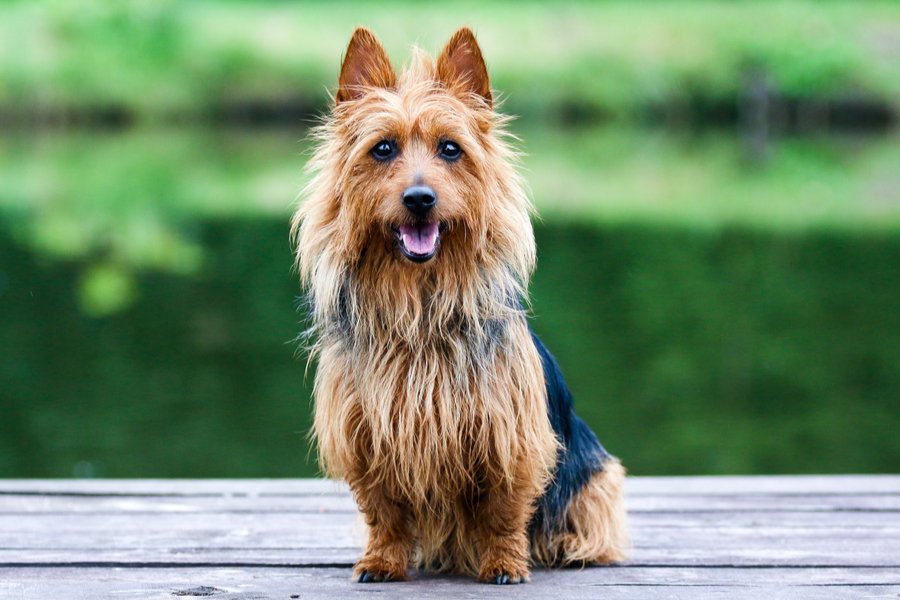

We can connect you with Breeders that are specialized in this particular breed.
See available puppies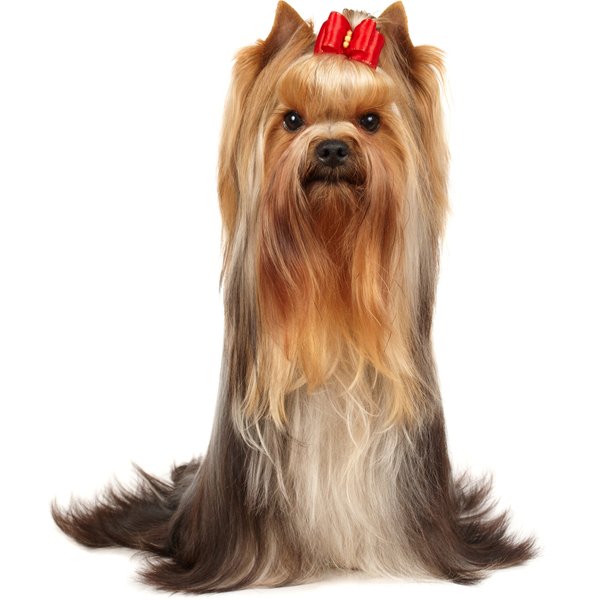
United Kingdom
Size : Small
Coat : Long
Registration : KC, FCI, AKC
Exercise : 30 minutes
Training : Easy
Grooming : Twice a Week
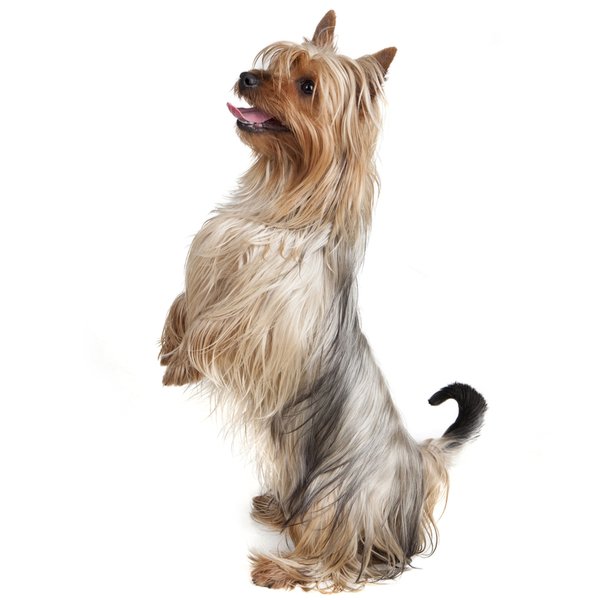
Australia
Size : Small
Coat : Long
Registration : KC, AKC, FCI
Exercise : 1 hour
Training : Easy
Grooming : Twice a Week


Need some advice?
Whether you're a first time pet owner, an experienced pet owner, a new or long-time breeder, or just curious about pets, we've got you covered!

January 17, 2024
What Is The Personality Of Russian Blue Cats?
Russian Blue cats are most known for their distinctive shimmery blue-silver coat and piercing green eyes. However, this breed’s calm and gentle temperament is what makes them shine the most in the feline world.

January 17, 2024
10 Facts About Russian Blue Cat Breed
Russian Blues are one of the most aesthetically stunning cat breeds, with a gorgeous plush silvery coat and vibrant green eyes. However, it’s not only their appearance that is beautiful; their nature is too.

January 17, 2024
How To Choose The Right Cat Breed for You
Cats can make the most fantastic animal companions; they are adorable, friendly, and loving. However, not all felines are created equal. There are many different breeds, of which each has its unique personality traits.
Need some help?
Contact us to speak to our friendly advisor, who will gladly help you find your dream pet!



We are registered in England and Wales under registration number 12568840,
and our registered office is at 58-60 Kensington Church Street, W8 4DB London, England.
© 2023 The Pedigree Paws